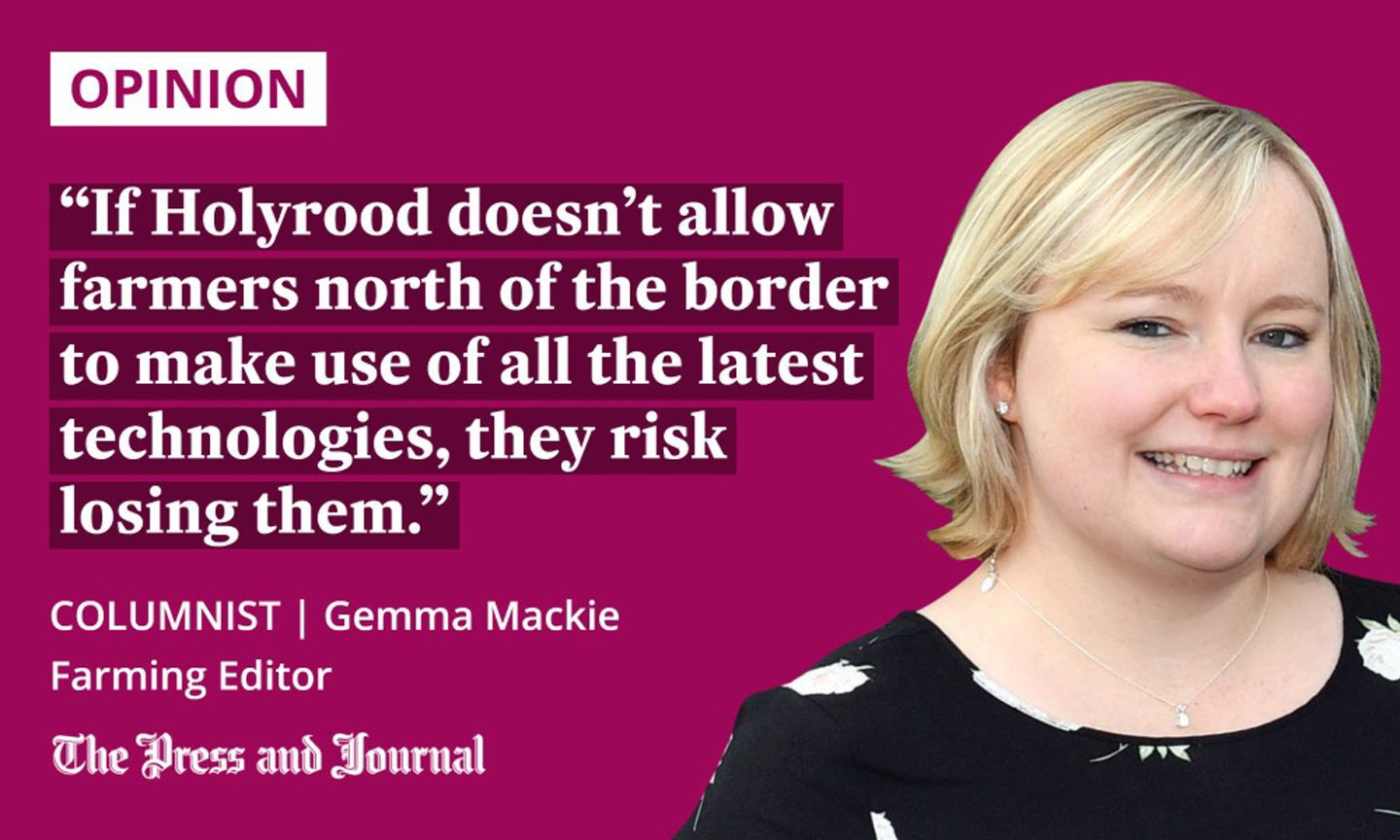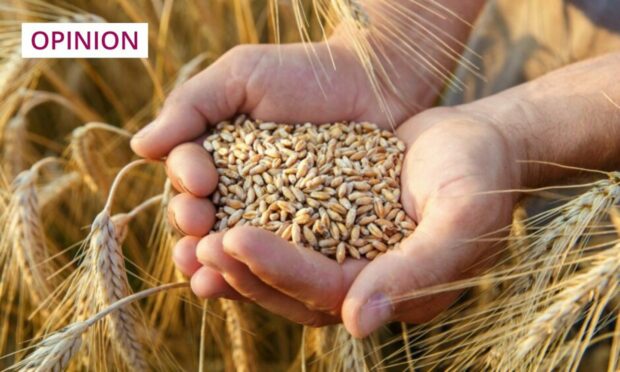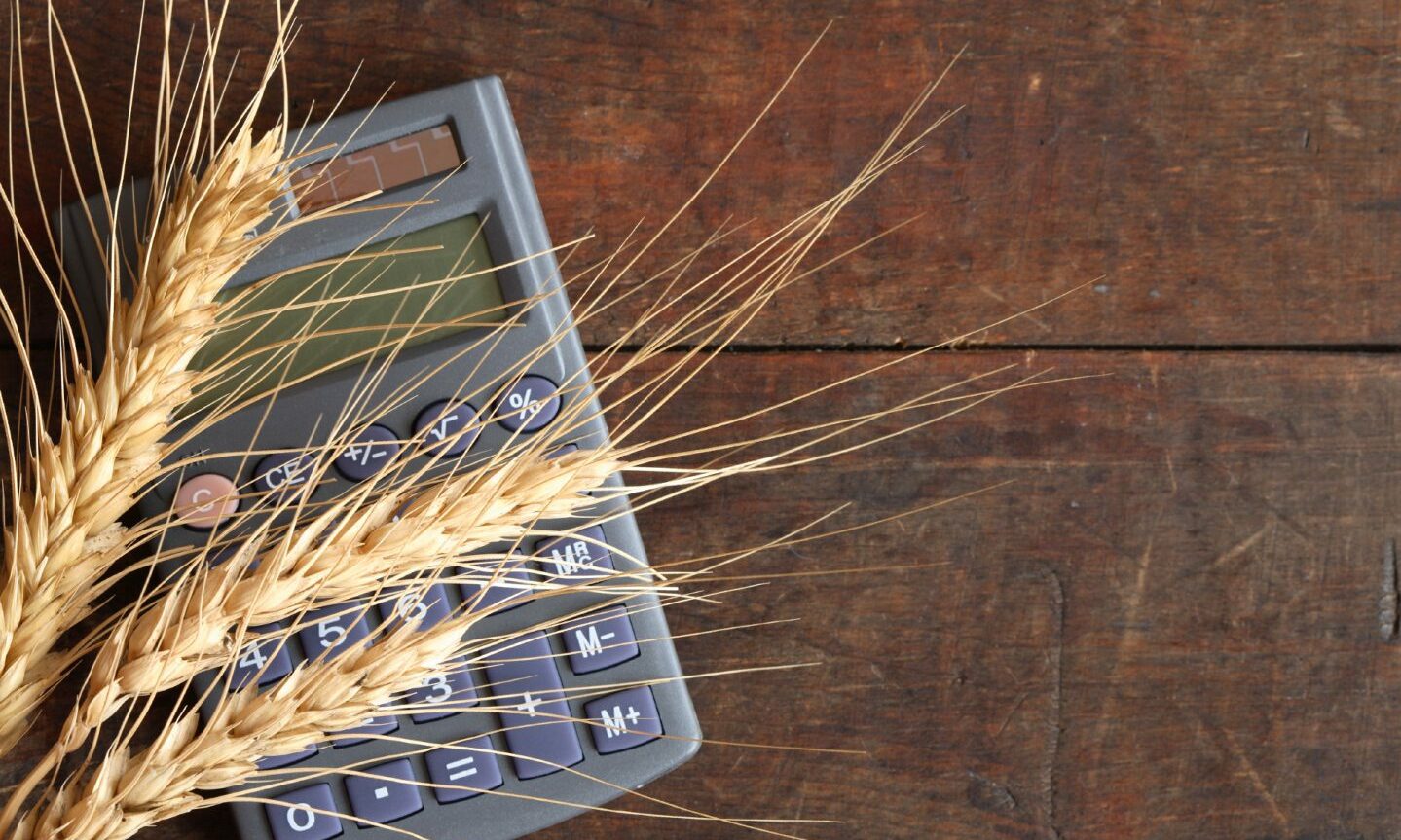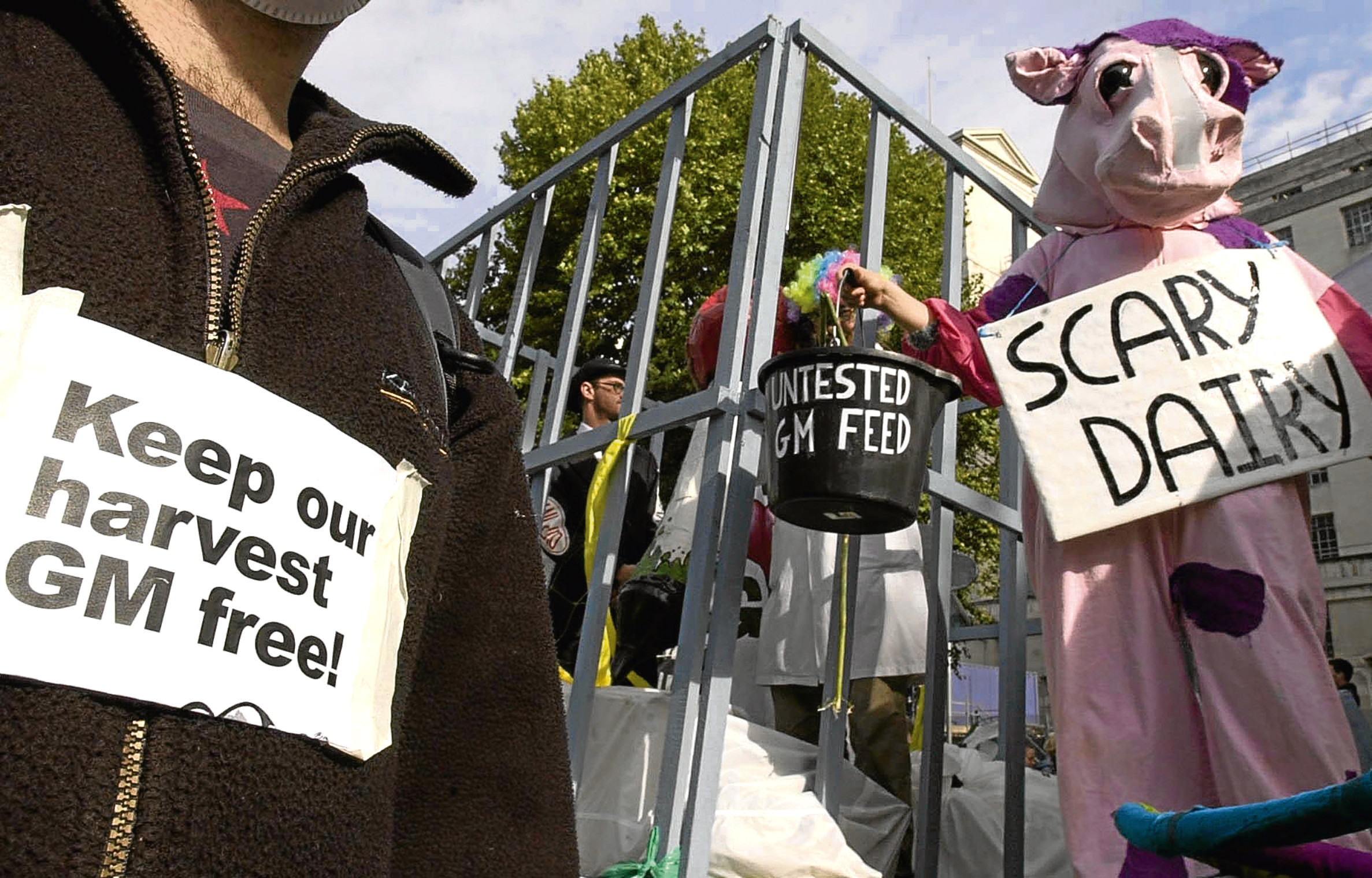Rising costs and a changing climate make producing the cheap food we have all become so accustomed to increasingly difficult.
And the war in Ukraine has highlighted the intricacy and sensitivity of global commodity markets.
Who could ever have imagined fertiliser costing more than £640 a tonne, or oilseed rape selling for £1,000 a tonne? It is both unprecedented and terrifying.

Consumers are also feeling the effects of Russia’s invasion of Ukraine, with soaring energy costs and warnings many will struggle to heat their homes and put food on the table.
And, alongside all this, farmers – those who were not so long ago praised for keeping food on the table during the pandemic – are crying out for urgent price rises to stop them going bust.
The cost of living crisis is real – from farm to fork – and something has to give.
People will undoubtedly need to pay more for their food but, in the long term, more must be done to help farmers cut costs and produce more from less.
Scotland’s thinking on GM crops is old-fashioned
Last week, the UK Government announced plans for a new bill to unlock the potential of new agricultural technologies, such as gene editing. This should mark the advent of access to new drought or disease-resistant crops – a game changer for growers.
However, it is likely that these genetically modified (GM) crops will only be available to farmers south of the border.
How will Scottish growers be able to compete?
The Scottish Government is holding firm on its anti-GM stance, and it says this will only change if Europe decides to adopt the technology.
A Scottish Government spokesman commented: “We remain opposed to the use of GM in farming, to protect the clean, green brand of Scotland’s £15 billion food and drink industry.
“The Scottish Government’s policy is to stay aligned with the EU, where practicable, and we are closely monitoring the EU’s position on this issue.”
They seem to be clinging to a very old-fashioned view of GM technology.
I distinctly remember Scotland’s former chief scientific adviser, Dame Anne Glover, slamming the view that being anti-GM was “clean and green”. She said ruling out GM could leave Scotland opting for the “old and dirty”, with continued reliance on pesticides and fertilisers to grow crops.
Who will feed the nation?
The Scottish Government also seems to be missing another crucial point. How will Scottish growers be able to compete with their counterparts elsewhere if they have access to these all-singing and dancing new crop varieties and Scottish growers don’t?
If Holyrood doesn’t allow farmers north of the border to make use of all the latest technologies, they risk losing them. Who will then feed the nation or provide the raw produce for Scotland’s booming food and drink industry?
Gene editing technology is not the threat to Scotland’s food and drink industry – the Scottish Government’s draconian view of the technology is.
Gemma Mackie is The Press & Journal’s Farming Editor. She lives on her husband’s beef and arable farm in Angus



Conversation